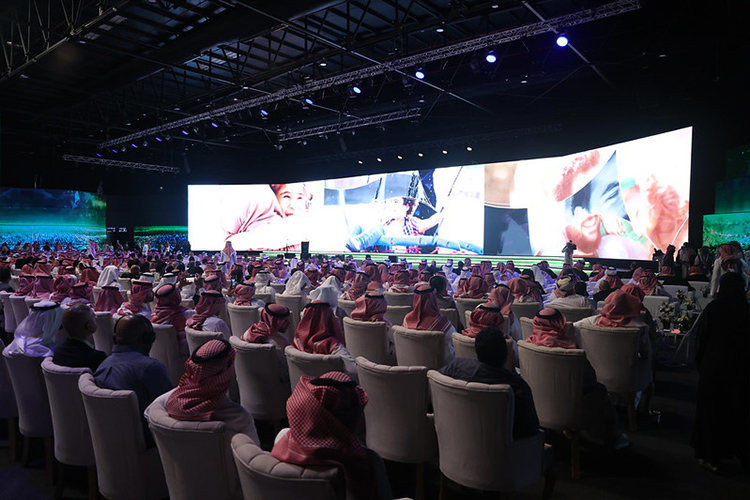Industry news
Precautions for installing outdoor LED display screens.
We all know that outdoor LED display screens are installed in large outdoor squares and other places, so their installation area is relatively large, and often they are installed in densely populated areas. Therefore, the design of those steel structures must consider comprehensive environmental factors, such as water resistance, sand resistance, dust prevention, explosion-proof, moisture-proof, and moisture-proof. In addition, it is necessary to place auxiliary cooling equipment such as power distribution cabinets, air conditioners, axial fans, lighting, etc., as well as maintenance facilities such as ladders. So during the implementation process, the structure of the entire outdoor LED display screen should ensure 100% safety to avoid pedestrian safety accidents.
1. When outdoors, it is inevitable to avoid various harsh working environments such as frequent wind, rain, sun, and rain. Therefore, if electronic devices are wet or severely damp, they can easily lead to short circuits or fires, resulting in significant losses; Therefore, strict waterproof and leak proof measures must be taken between the display screen and the screen body; The screen body of the LED display screen should have good drainage measures, because even if there is water accumulation, it can be discharged smoothly to avoid moisture and other phenomena.
2. Outdoor LED display screens should be equipped with ventilation equipment to cool down. Install an axial flow fan above the back of the screen to remove heat; The outdoor LED display screen itself needs to generate a certain amount of heat when working. If the ambient temperature is too high and the heat dissipation is slow, the circuit will cause abnormal operation, which can easily lead to burning and prevent normal operation.
3. The higher the integration of electronic components in outdoor LED displays, the higher the sensitivity requirements for anti-interference. Lightning can harm the display system in various ways, and it may directly hit the display screen and then be discharged into the ground through a grounding device. Causing mechanical, electrical, thermal, and other damage where lightning passes through.
Finally, the grounding of outdoor LED displays should be more determined based on the site conditions; When the LED display screen is set independently, a separate earthing system should be set. When the screen is attached to the external wall of the building, the main body of the display screen should be well grounded with the shell and the building, and it should be comprehensively grounded with the building public, so that the grounding should not be more than 1 ohm. I hope that LED display screen manufacturers should remember the above points when installing outdoor LED displays to avoid unnecessary losses.
